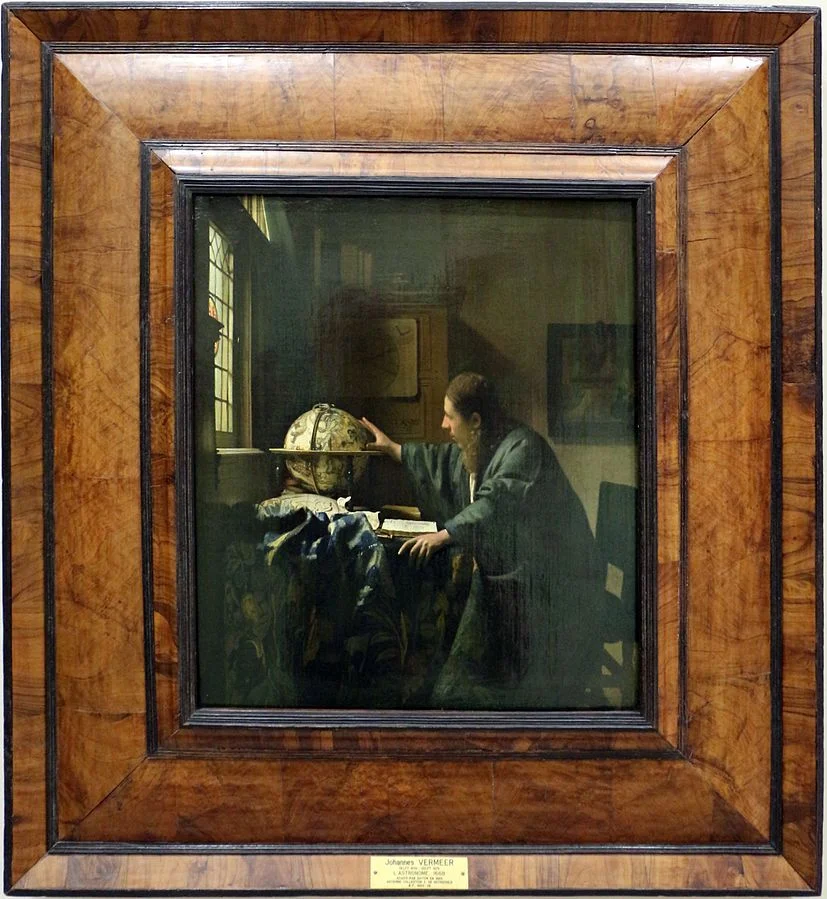This is one of the most fascinating paintings by one of the most renowned Dutch painters in history, and in this post, you’ll discover the ultimate list of interesting facts about the Astronomer by Vermeer.
1. It was painted in the year 1668
The Astronomer is the name of a painting created by Dutch Golden Age painter Johannes Vermeer. Even though the exact date is unclear, it’s assumed he created it in the years 1667 and 1668.
It depicts a man in his thirties who is studying astronomy, something we can see from the fact that he is carefully looking at a celestial globe and a book about astronomy.
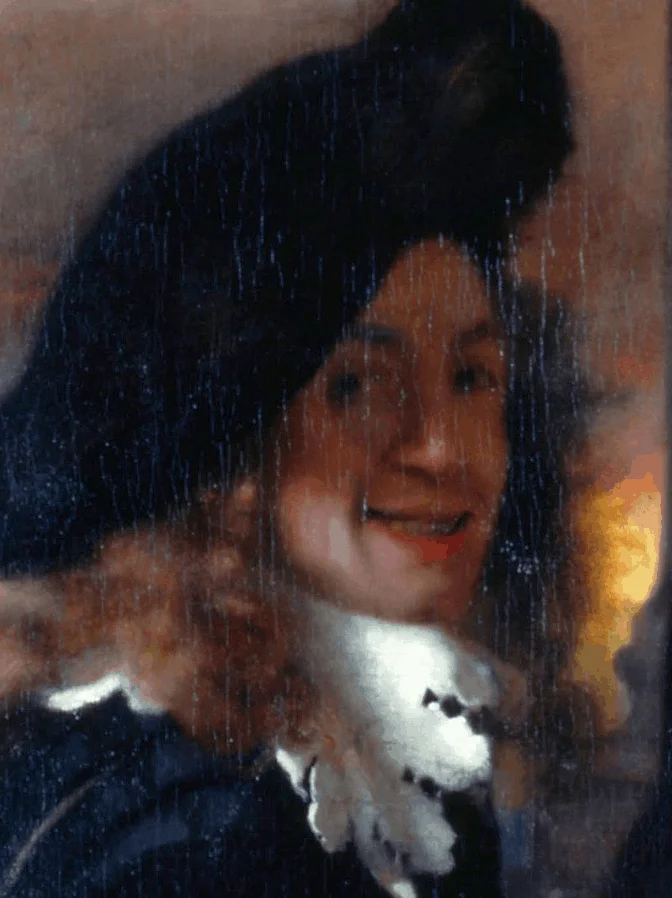
2. It’s a relatively small painting (even for Vermeer’s standard)
Vermeer wasn’t the painter who created monumental pieces. most of his works are relatively small but extremely detailed. You are drawn into the painting because he was a master of light which creates a remarkably intimate setting.
This painting is no different. It feels as if you are just entering the room in the late 1660s while the man is busy looking at his celestial globe. Vermeer’s style literally sucks you into the scene, which is why he is considered to be one of the greatest artists of the Baroque period.
This painting is relatively small as well as it has dimensions of just 51 × 45 centimeters (20 × 18 inches).
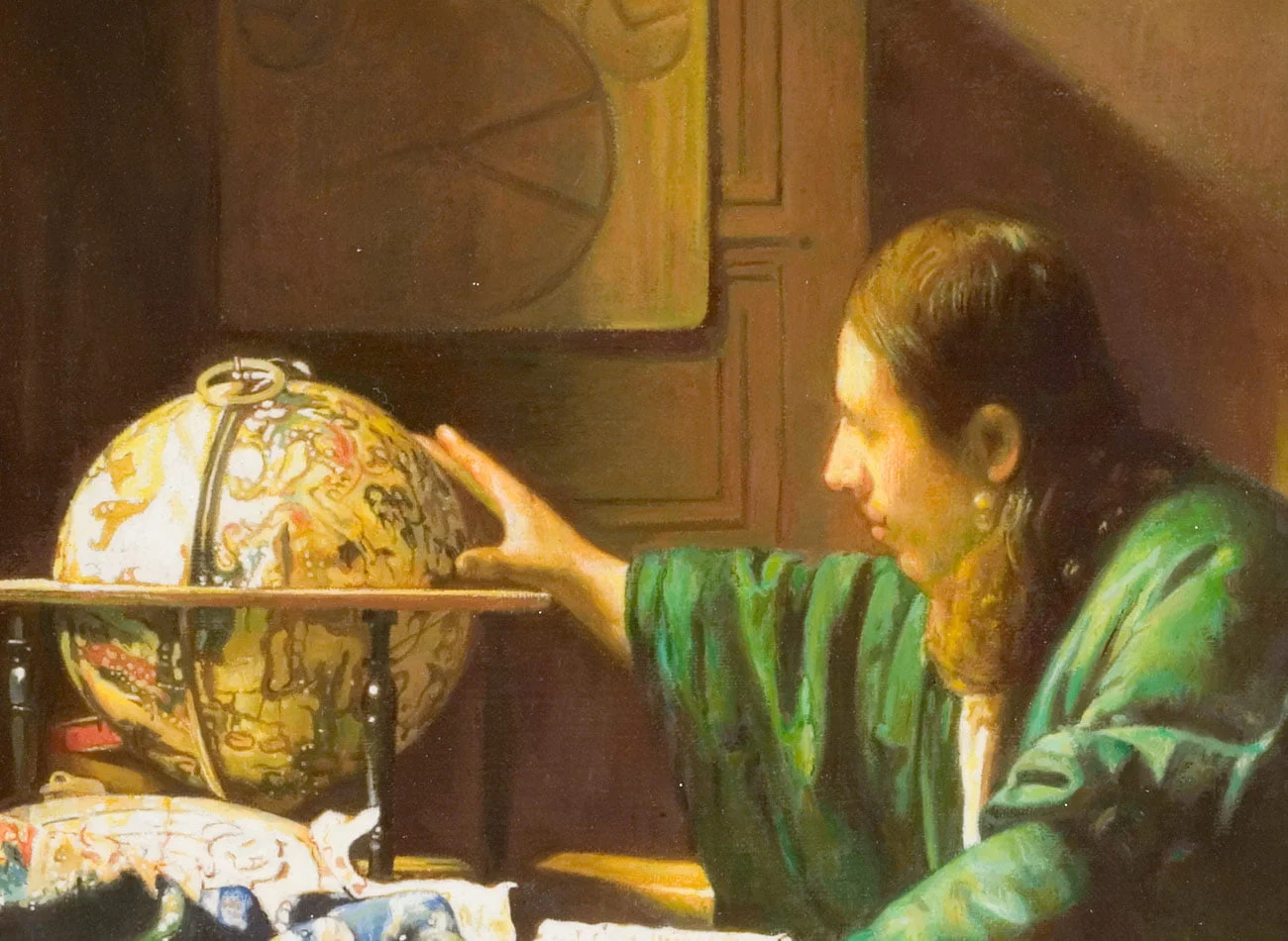
3. It’s one of only 2 painting which features a man alone
Vermeer’s oeuvre consists of household scenes, mostly women performing some kind of task. Two great examples of his typical works are “The Milkmaid” and “The Lacemaker.”
This makes this particular painting quite unique because it’s one of only two surviving paintings that depict a man alone. He painted other men but they were all accompanied by one or more people.
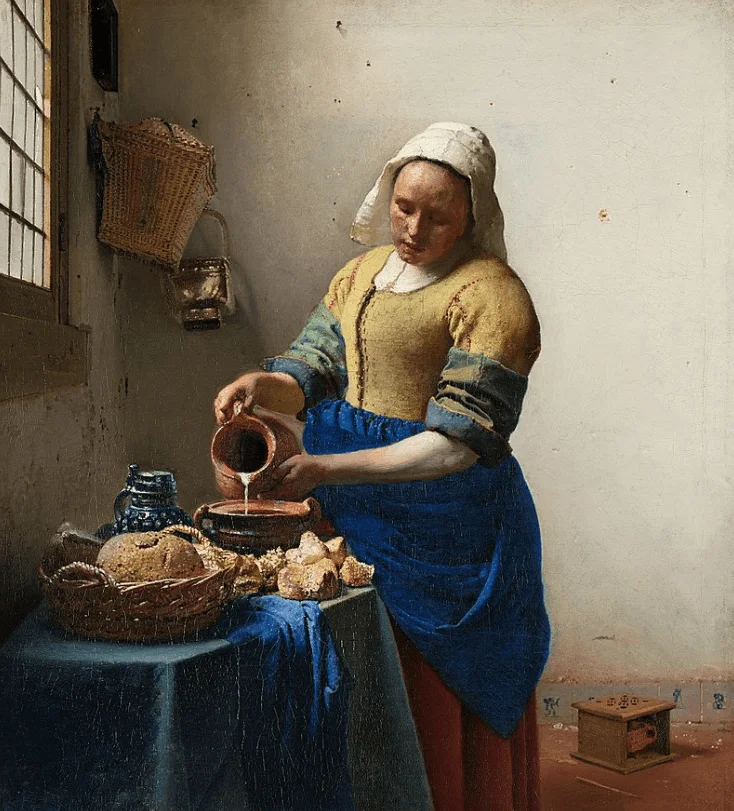
Here’s something that makes these facts about The Astronomer by Vermeer even more intriguing. The man depicted in this painting is most probably the same man depicted in the other painting featuring a man alone as well!
This painting also has a scientific theme and is called “The Geographer,” a painting depicting a man studying geography which features a terrestrial globe and which he completed in the year 1669.
A study conducted in the year 2017 revealed that the canvases used in both paintings came from the same bolt. This pretty much proves that they are closely related.
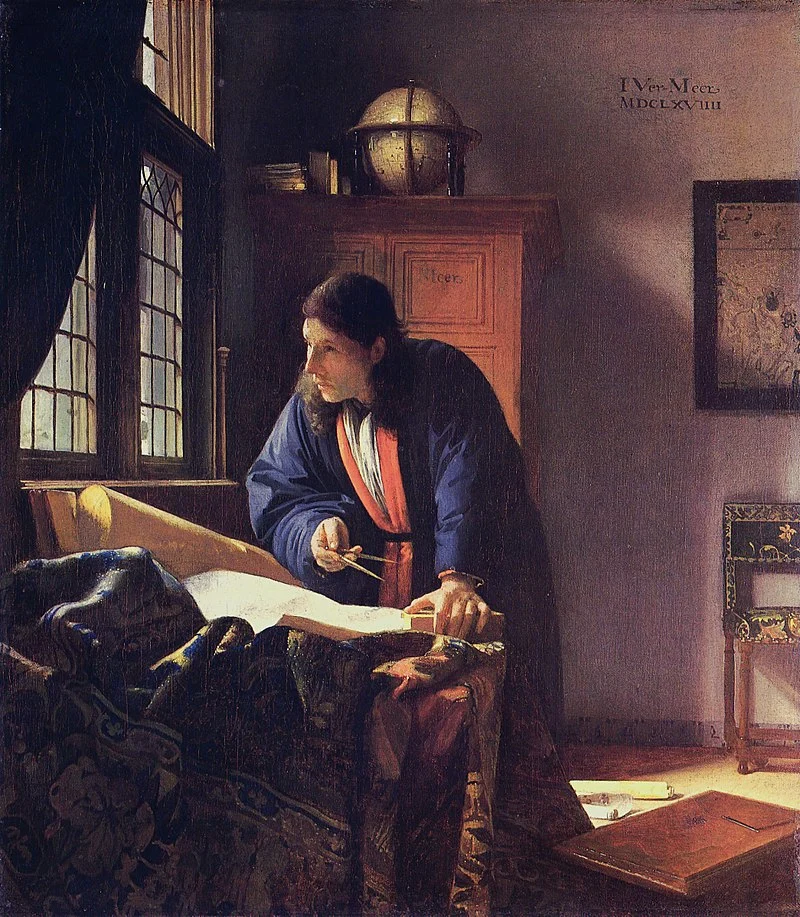
5. We probably know who the depicted man really is
So who is this mysterious man depicted in both “The Astronomer” and “The Geographer” paintings?
Most historians agree that the man is in fact Antonie van Leeuwenhoek, a Dutch businessman, and scientist who was born in Delft, the hometown of Johannes Vermeer as well.
He eventually became one of the most famous Dutch scientists in history. He is often referred to as the “Father of Microbiology” and as one of the first microscopists and microbiologists in the world.
In relation to the paintings, we know that he officially became a qualified surveyor in the year 1669, the year that both paintings were completed, so this might give us a hint as to why they were painted in the first place.
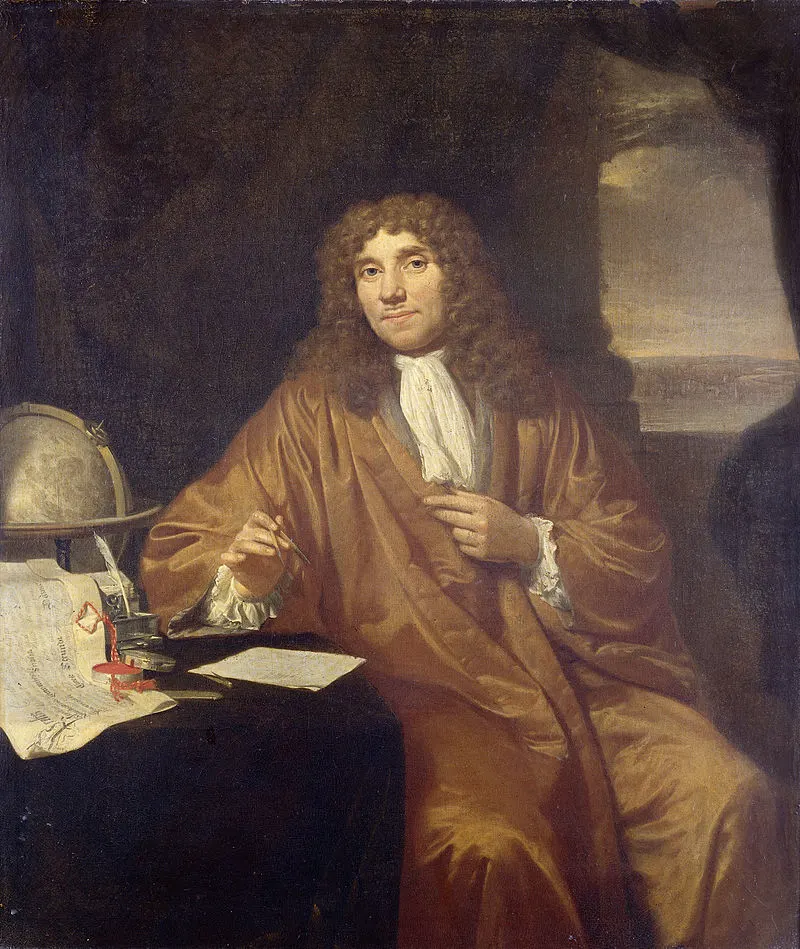
6. The celestial globe has been identified as a model from around 1600
One of the most prominent items in this painting is the celestial globe which the man closely studies. It informs us about his profession but also tells us an additional story.
The globes in both paintings have been identified as models created by Flemish cartographer Jodocus Hondius (1563-1612). These were brought on the market around 1600, which means they were already quite old back then.
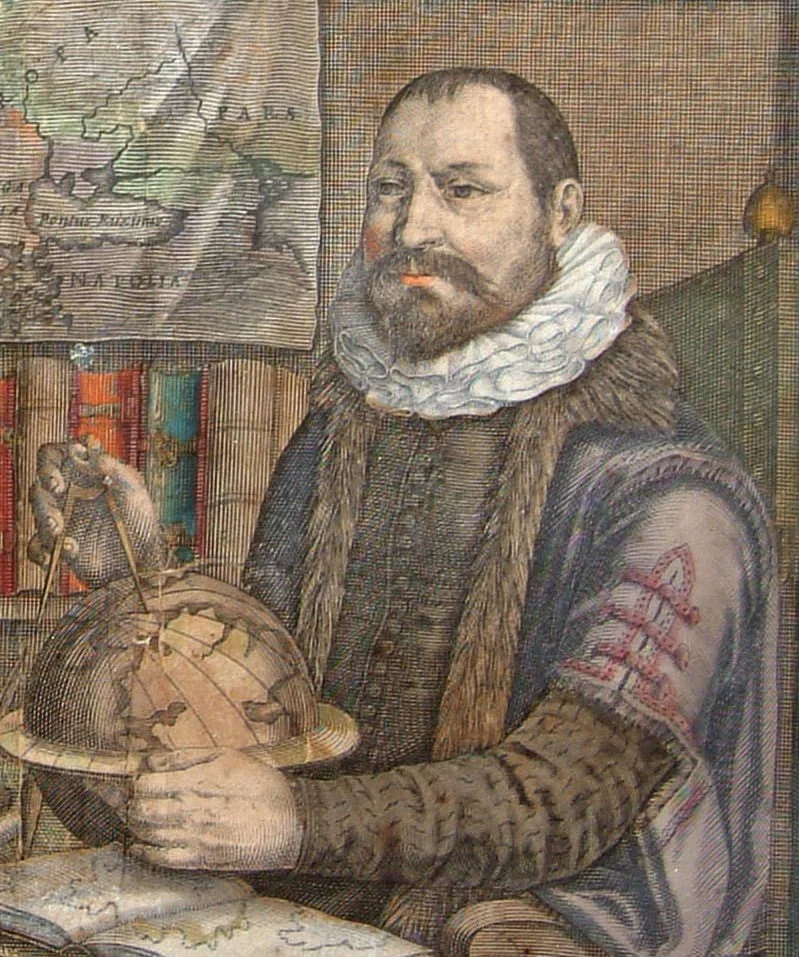
7. The book in front of the man is opened on a particular page
The book in front of the man is also referring to the man’s profession because it has been identified as a version of Adriaan Metius’s “Institutiones Astronomicae Geographicae” which was released in 1621.
The book is opened on part III, a reference to seeking “inspiration from God” in order to become a good astronomer.
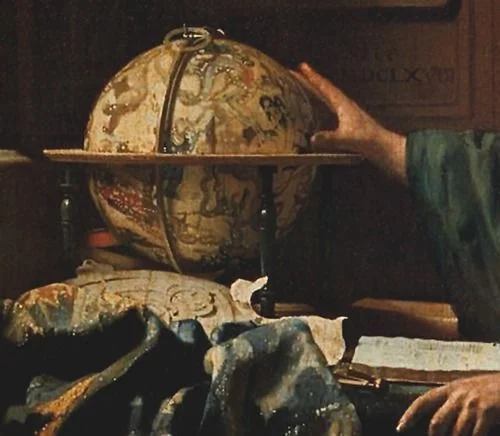
8. The painting on the wall probably has a deeper meaning as well
Another religious reference in the painting is the picture hanging on the wall. This depicts “the Finding of Moses,” a story in the Book of Exodus in the Hebrew Bible.
Moses is considered to be a symbol of science and technology as he’s described in the Bible as “learned in all the wisdom of the Egyptians.”
9. We kinda know what happened to the painting ever since 1713
The Astronomer, together with The Geographer, were sold together at an auction in Rotterdam on April 27, 1713, to an unknown collector.
Both paintings were sold again on March 26, 1720, in Amsterdam and were described on the auction as “Een Astrologist: door Vermeer van Delft, extra puyk.” This literally translates to “An Astrologist by Vermeer of Delft, topnotch.”
It remains unclear what happened next, but the painting ended up being sold by a French art dealer to banker and art collector Alphonse James de Rothschild in the 1880s.
This history of The Astronomer remains fascinating because it was temporarily seized by the Nazis in the 1940s, before being returned to the Rothschilds after the war after being recovered from the Nazi storage space in the Altausee salt mine.
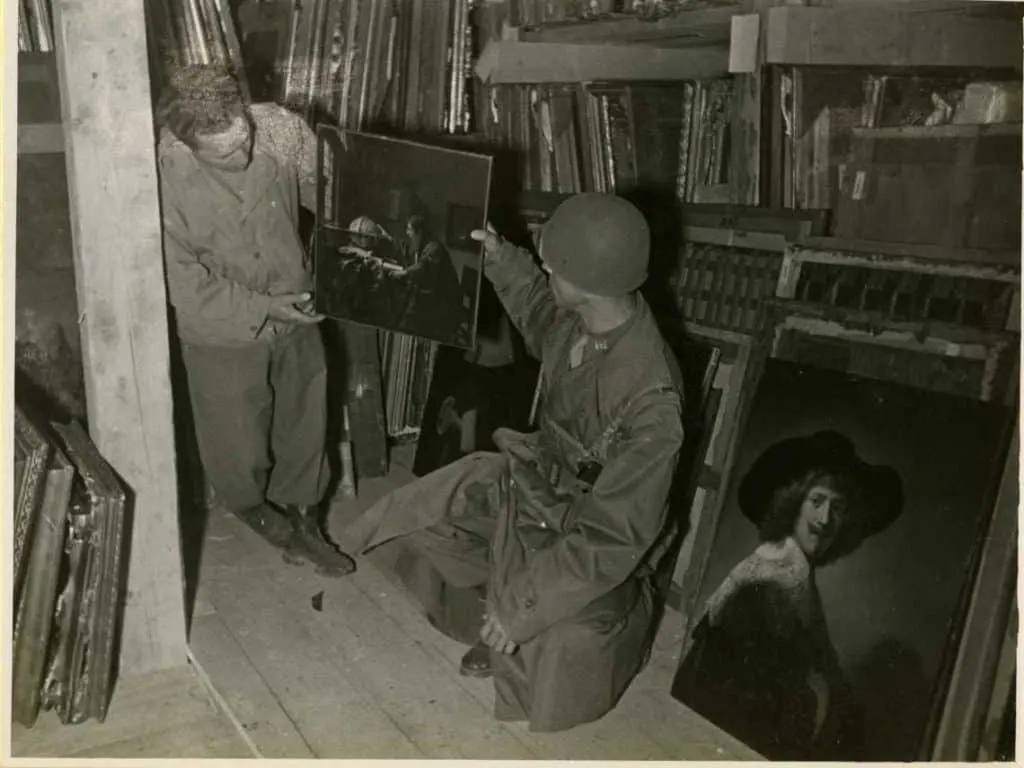
10. The painting can now be admired at the most popular museum in Paris
Another one of those remarkable facts about The Astronomer by Vermeer is that it was eventually used as a form of payment to the French government by the Rothschild family to clear some of their inheritance tax.
In the year 1983, it was included in the collection of the most famous museum in France, the Louvre Museum in Paris, where it’s still on public display today!
